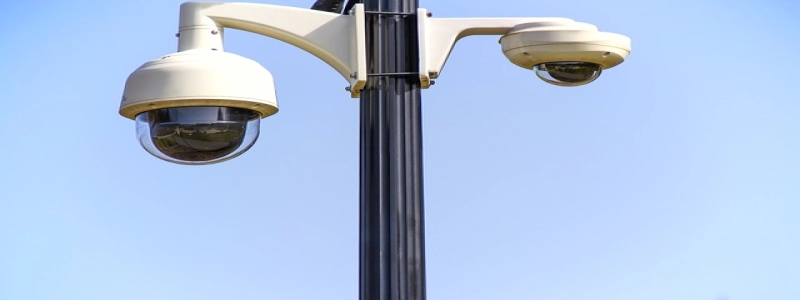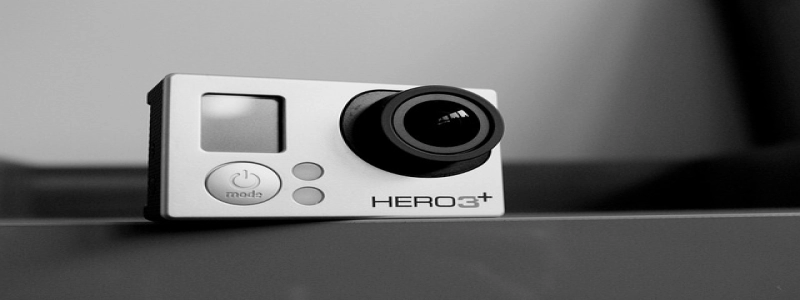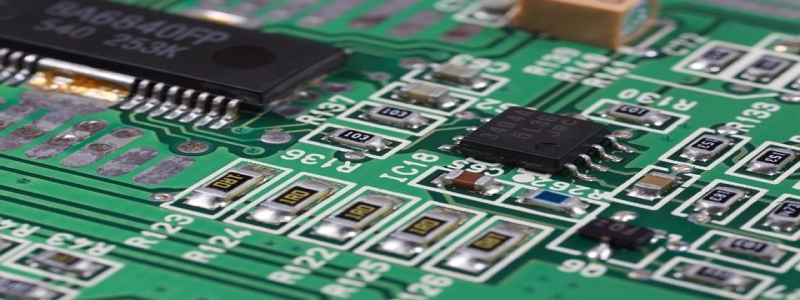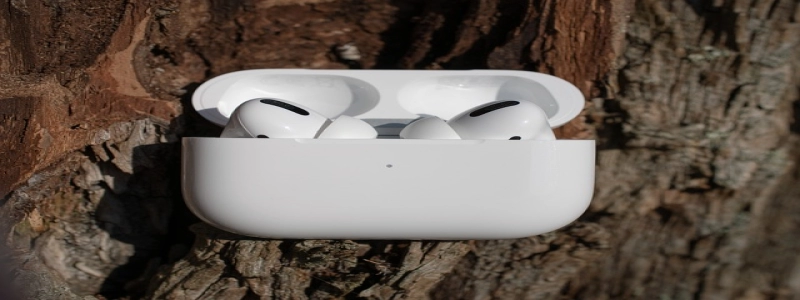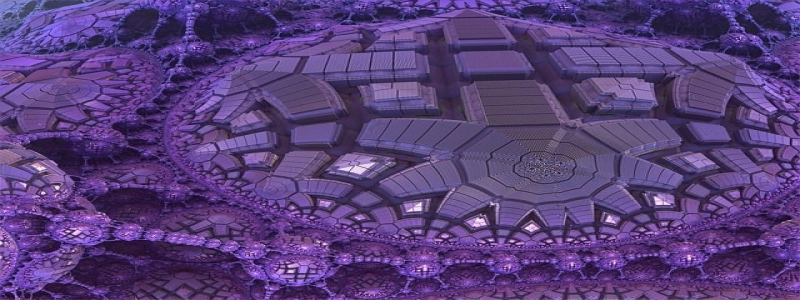Stranded vs Solid Ethernet Cable
Introduction:
Ethernet cables are essential in establishing wired internet connections. When setting up a network, it is crucial to choose the right type of cable that suits your needs. Two common types of Ethernet cables are stranded and solid cables. In this article, we will explore the differences between stranded and solid Ethernet cables and help you understand which one is best suited for your specific requirements.
I. Stranded Ethernet Cable
A. Overview:
1. Stranded cables are made up of multiple thin wires twisted together.
2. They are more flexible and easy to bend.
3. These cables are commonly used for patch cords and short-distance installations.
B. Advantages:
1. Flexibility allows for easy installation in tight spaces.
2. Less prone to damage from bending or twisting.
3. Ideal for applications that require frequent cable movement or changes.
C. Disadvantages:
1. Limited maximum length due to signal loss over longer distances.
2. Not suitable for high-performance or long-distance installations.
3. More expensive compared to solid cables.
II. Solid Ethernet Cable
A. Overview:
1. Solid cables consist of a single solid copper wire.
2. They are less flexible and rigid in nature.
3. These cables are commonly used for permanent installations and structured cabling systems.
B. Advantages:
1. Better transmission performance, especially over longer distances.
2. Can support higher bandwidth and data transfer rates.
3. More cost-effective for long-distance installations.
C. Disadvantages:
1. Less flexible, making them difficult to work with in tight spaces or for cable routing.
2. Prone to damage from bending or twisting.
3. Not suitable for applications that require frequent cable movement or changes.
Conclusion:
Choosing between stranded and solid Ethernet cables depends on your specific networking requirements. If you need flexibility, easy installation, and anticipate frequent cable movements or changes, stranded cables are the ideal choice. On the other hand, if you require better transmission performance, support for higher bandwidth, and are working with a larger network installation, solid cables are the recommended option. Consider the pros and cons of each type before making your decision, ensuring your Ethernet cable selection aligns with your network’s needs.

